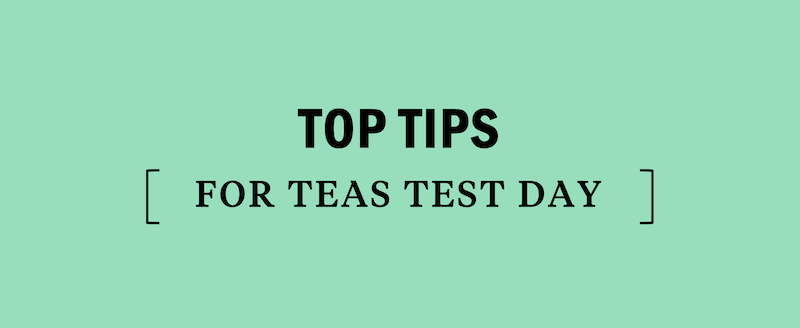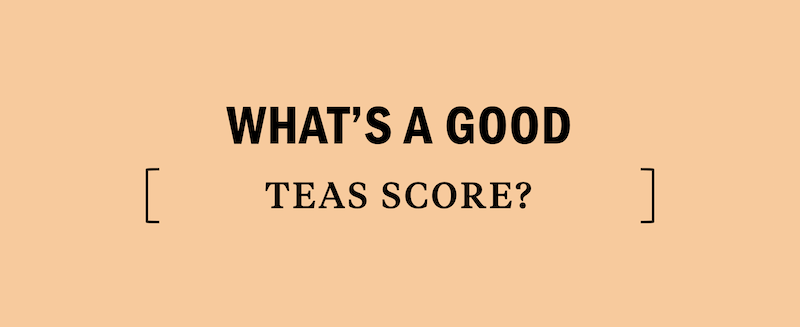What's Tested on the TEAS: Reading
Understanding written material will be critical to your success in a nursing or health science program and to your ability to care for clients as a health care professional. Whether reading a textbook, a patient’s chart, a healthcare facility’s policies, or research study results, you will need to be able to grasp an author’s main idea and purpose in writing, evaluate trends or patterns in words and data, focus on important details, draw appropriate conclusions on the basis of what you’ve read, and apply information and conclusions to your work. The TEAS Reading content area tests your ability to perform these tasks.
[ RELATED: TEAS Reading: How to Read Strategically ]
The TEAS Reading Content Area
Of the 170 items on the TEAS, 53 will be in the Reading content area, and you will have 64 minutes to answer them.
While you have on average just over a minute per question, most questions will require reading a
short passage or a figure or table first. As a rule of thumb, if you invest about 45 seconds in reading a paragraph of text, a table, or a figure and take about 30 seconds to answer each question, you will stay on pace to complete the Reading section.
Example: A three-paragraph text passage has four questions associated with it.
45 seconds × 3 paragraphs = 2 minutes 15 seconds
30 seconds × 4 questions = 2 minutes
Reading the passage and answering four questions takes 4 minutes 15 seconds.
Of course, some passages, tables, and figures are very short and will take much less than 45 seconds to read, while others are longer and will require more time to map. Some questions will not refer to any information beyond what’s in the question itself. The key is to work at a steady pace. Reading in a hurry because you are worried about time will lead to choosing wrong answers.
Of the 53 Reading questions, 47 will be scored and 6 will be unscored. You won’t know which questions are unscored, so do your best on every question.
The 47 scored Reading questions come from three sub-content areas:
| Sub-content Areas | Number of Questions |
| Key ideas and details | 22 |
| Craft and structure | 14 |
| Integration of knowledge and ideas | 11 |
The Kaplan Method for Reading
Reading on the TEAS requires a strategic approach. Following the Kaplan Method for Reading helps you
get the correct answer efficiently, without wasting time.
ALSO READ:


